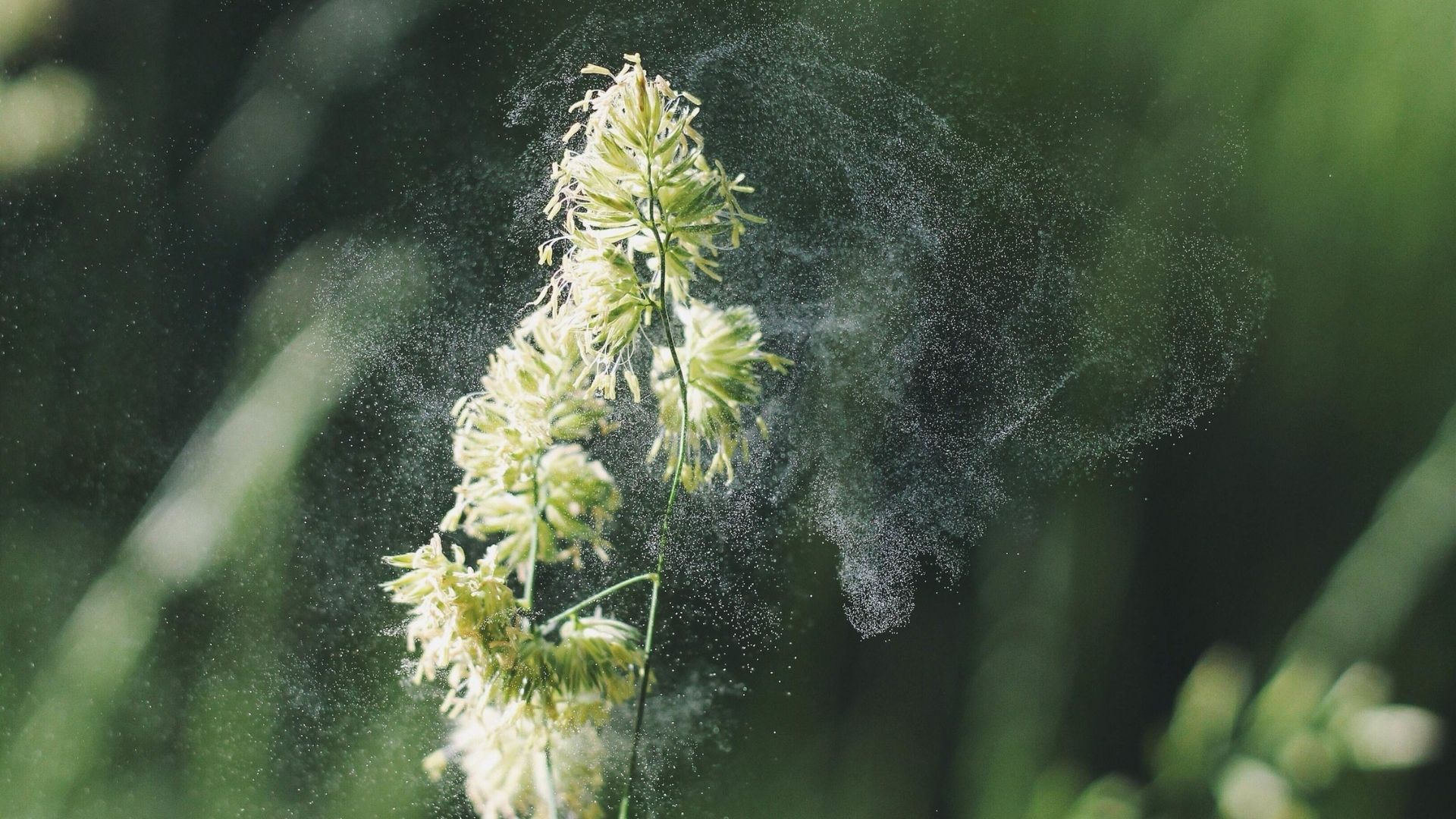How harmful is mold in your home?
What are the consequences of mold on your health?
As mentioned above, mold found in living spaces often remains undetected for a long time, which is why small mold spores can spread throughout the house. The spores can form dangerous enzymes and enter the body through the respiratory tract and the skin. Depending on the concentration, formed toxins and so-called mycotoxins can trigger a variety of diseases. Most often, these manifest as respiratory problems or allergic reactions. However, some mold species, such as black mold, are also suspected of causing much more serious ailments such as cancer or organ damage. Certain symptoms may indicate impairment from mold, but unfortunately, these signs are often attributed to other diseases. Symptoms caused by mold may include:
- Respiratory complaints, asthma, allergic reactions
- scratchy throat, hoarseness, coughing
- nausea
- headache, migraine
- Exhaustion, fatigue, insomnia
- Burning, reddened eyes
- Skin rash, redness
- Lung and heart diseases
Especially for people whose immune system is already weakened by a previous illness, mold in living spaces poses a great danger. Infants or children can also suffer permanent damage more quickly, as they might have not yet developed sufficient immunity.
What are the main places where mold is formed?
How can mold be detected?
1. Musty, foul-smelling room air
A musty and foul odor is caused by the metabolism of mold. The smell cannot be eliminated even by ventilating and room fresheners cannot cover it. This has to do with the fact that air movements ensure that more mold spores are often carried from the walls into the room air.
2. Brownish discoloration on the walls or surfaces
Mold infestation in one’s own home can in many cases already be detected with the bare eye. The first signs are small black or brown dots on wallpapers, baseboards, joints, or silicone seals among other things. The infested areas grow over time, which is why action must be taken quickly. Since mold likes to hide behind furniture, you should also check otherwise hard-to-see places at first suspicion.
3. High humidity / damp places in the room
Since molds need sufficient water to spread, they mainly live in damp places. If rooms are particularly damp, for example, due to the drying of laundry, special attention should be paid to mold growth here. The moisture settles in the form of condensation mainly on windows, window sills, or walls.
4. Symptoms of illness that indicate mold infestation.
Because mold infestation in homes can cause irritation and respiratory illness, unexplained symptoms of illness in you or your family members may also be a sign of mold infestation. If you experience frequent fatigue, flu-like symptoms, headaches, or sleep disturbances, you should check whether mold spores are the cause.
What are the possibilities to prevent the formation of mold?
The most important measure to prevent the formation of mold is regular ventilation. In a household with four people, about fifteen liters of water is released into the surrounding air every day, which is then deposited in the coldest parts of the room if it can not escape in any other way. To remove excess water vapor, the whole house should be ventilated at least 3-4 times a day for 15 minutes each time. This is especially important during or after cooking, showering, or drying laundry, as this is when a particularly large amount of moisture is generated.
Another option would be to use alkaline wall paint, as virtually no mold thrives on it. Lime-containing wall paints also absorb moisture and thus act against excessive humidity. In addition to that, the room temperature should not fall below 16 degrees Celsius in all living rooms and bedrooms. Even in winter, walls should not cool down too much. For perfect air circulation, furniture should not be placed too close to walls, and this is especially important for exterior walls. Strongly sealed houses can consider the purchase of a ventilation system, which will ensure the optimal exchange of air in their home. While stale air is canceled in the kitchen and bathroom, fresh air is blown into the bedroom and living room.





